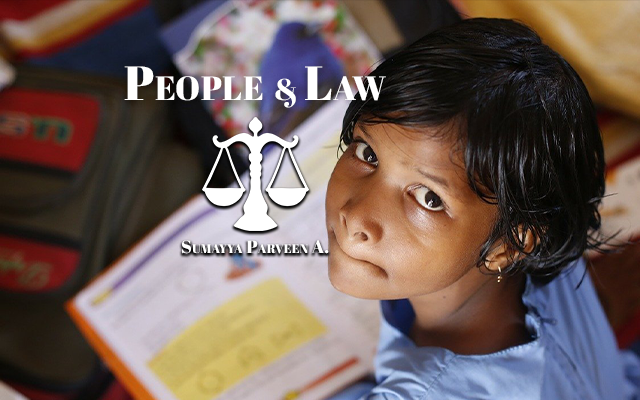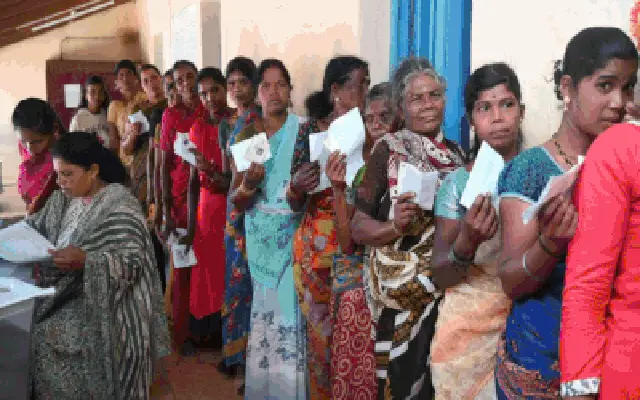Around seventy years ago, when Constitution of India was drafted, India chose to adopt a positive model of secularism along enshrining the ‘Freedom of Religion’ through Article 25 to 28 of the Constitution. During the process of drafting the Constitution there arose a confusion on ‘What Kind of Secularism’ should India possess’.
In Western countries, as most of the nations had a monotheistic and single religion that is Christianity, countries followed the negative model of secularism. And hence, there was a strict separation of religion and politics, which is a principal of mutual exclusion. Indian leaders like Former Prime Minister Jawaharlal Nehru also insisted that India too adopt the same western model of secularism. But Gandhiji contradicted to the opinion stating, ‘It is impossible to segregate society from Religion’. And as a complimentary to his belief came in the dark realities of Partition. All these made the Constitution framers adopt a positive model of secularism. With the Positive model of Secularism, everyone was allowed Public Expression of Religion and also to follow his/her faith. This model was aimed at managing the diversity and bringing in tolerance and harmony among the citizens.
Article 25 of the Constitution entrusted the Freedom of Profession, Practice and Propagation of religion. On Contrary to the article, a group of girls with headscarves were not permitted to enter into the classroom in a Government College of Udupi District in Karnataka. The management reasoned that, Hijab worn by the girls brings in lack of uniformity among students and so it is better the students keep it aside when entering college campus.
As the known history of Dr. B. R. Ambedkar’s life highlights, he was not permitted to enter his classroom and share bench with his friends for the only reason being his caste. Ambedkar belonged to the so called lower strata of societal and hence was considered not eligible to attain education. The Muslim girls have stood firm on continuing their religious practice, and are now barred from the Right to Education in certain parts of Karnataka. Tomorrow, turban followed by Sikhs, Tilak, Sindhoor and Mangalsootr followed by Hindus might stand as a bone of contention between communities.
Educational institutions being the Bodhi trees of enlightenment should relook into the constitutional models of secularism and the essence of Article 25. A student community should come out with dignity, and not forced to compromise the spirituality in order to attain basic right of education. Religion is a way of life for many in India. In a multi cultural and multi religious society of India, tolerance, accepting each others beliefs and respecting one another’s customs and tradition should come within Indian inheritance and so educational institutions should stand as a lamp on the dark street rather than turning out as a storm on the path of ship.
Image by AkshayaPatra Foundation f

















